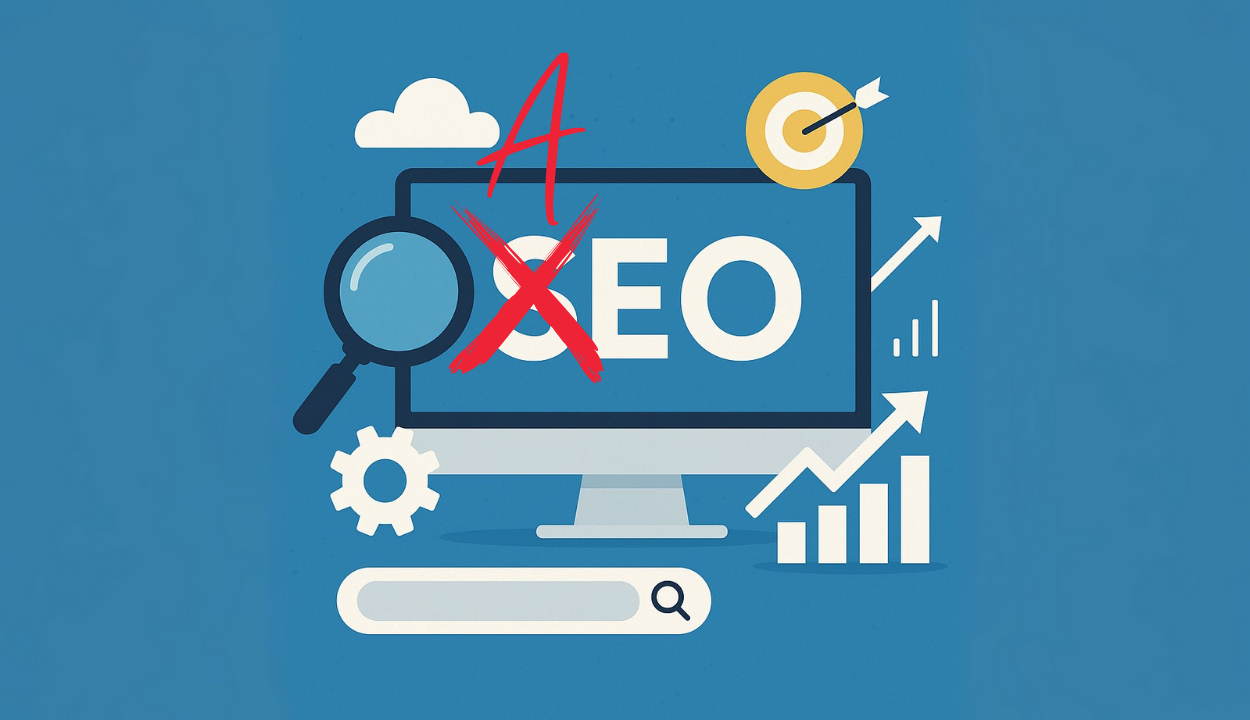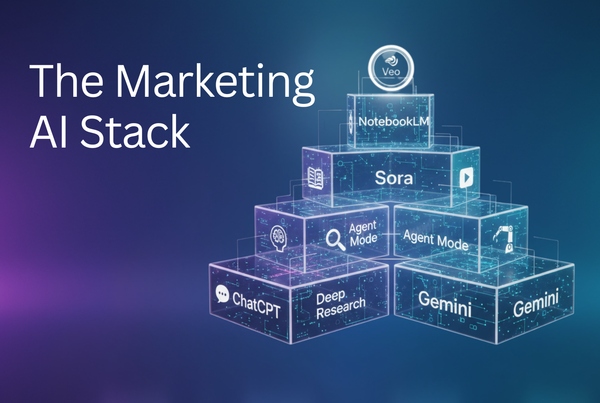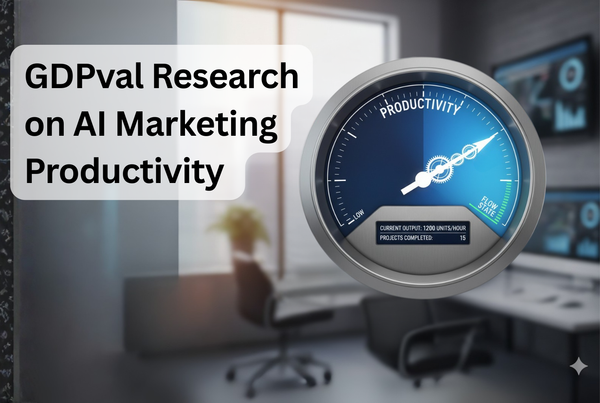Get to Know AEO: Answer Engine Optimization is the Future of Search Marketing
AI is transforming how people discover information. Answer Engine Optimization (AEO) builds on traditional SEO by focusing on delivering the best possible answer, not just ranking for keywords.

Search is changing right befire our eyes. The way people find answers online is evolving from lists of blue links to direct, conversational responses. As generative AI and voice assistants take center stage, a new kind of optimization is emerging: Answer Engine Optimization, or AEO.
If SEO was about ranking for keywords, AEO is about being the answer.
Search is Disrupted
With the rollout of Google’s Search Generative Experience (SGE), AI-generated overviews now appear on more than 80% of SGE-enabled searches (Statcounter/SGE Labs, 2024). The traditional blue links are quickly becoming the exception, not the rule.
These AI summaries are more than just a UX change—they’re disrupting traffic flows. In pilot studies, some brands reported organic traffic drops of up to 35%, as users got the answers they needed without clicking through to source websites (Search Engine Journal, 2024).
At the same time, platforms like Google, OpenAI, and Perplexity are actively incentivized to answer questions inside their ecosystem—keeping users engaged and minimizing clicks out. This means that surfacing in their answer boxes is now the most valuable form of visibility a brand can earn.
What Is Answer Engine Optimization?
Answer Engine Optimization is the practice of structuring your content so it can be easily found, understood, and quoted by AI-powered answer engines—tools like ChatGPT, Perplexity, and Google SGE that provide direct responses instead of pointing users to a list of links.
Unlike traditional search engines that reward backlinks and domain authority, answer engines prioritize semantic clarity and structured information, often pulling content in real time from multiple sources.
That means your content needs to be both human-readable and AI-readable—clear, concise, and structured in a way that makes it easy to extract and include in answers.
How AEO Differs from Traditional SEO
Traditional SEO is about getting to the top of the page—ranking high enough to earn a click. You play the game of keywords, backlinks, and authority, building long-form blogs and optimizing every meta tag.
AEO is a shift in where and how that content gets seen. Rather than surfacing in a list of links, your content is surfaced directly in the AI’s answer box—often without the user needing to visit your site.
Backlinks and length matter less; clarity, structure, and semantic precision matter more. Short, direct, well-formatted content—especially in Q&A formats or with schema markup—is more likely to be extracted and cited.
And while SEO success is measured in rankings and traffic, AEO success is about inclusion, brand mentions, and downstream conversions. You may not always see a click, but if your brand becomes the go-to source quoted by AI, your visibility, and trust, grows.
How to Prepare for Answer Engine Optimization
The good news? AEO builds on your existing SEO practices, but with sharper focus on how content is structured, formatted, and semantically interpreted by AI. Here’s how to start:
1. Create Structured Q&A Content
Use a clear FAQ format, targeting the direct questions your audience is asking. You Google Console is a great place to find what people are searching for, and talk to your customer service and sales people. Write headers in the form of a question, using real work phrasing. One question per section or page.
2. Use Schema Markup
Use intuitive page formatting (header tags) and structured data to help search engines understand your content. Prioritize types like FAQPage, HowTo, Organization, and Person. Use tools like Merkle’s Schema Markup Generator.
3. Write for Clarity, Not Just Keywords
Avoid filler and jargon. Use short, factual sentences and lead with the answer. Think of every paragraph as a self-contained quote waiting to be pulled by an AI model.
4. Optimize for Zero-Click Visibility
Since answer engines rarely link out, mention your brand directly in your content. For example, say “Tribute Home Care provides…” instead of “We provide…”
5. Expand Beyond FAQs
Don’t stop at FAQs. Consider optimizing:
- How-to guides
- Service explainers
- AI-friendly team bios and About pages
All of these are prime sources for answer engine citations.
6. Monitor AI Mentions and Performance
Track how and where your brand appears:
- Use Perplexity Pro or its API to test prompt responses
- Simulate user questions using ChatGPT with Browse
- Monitor branded search volume, direct traffic spikes, or survey-based brand recall
AEO isn’t a one-time fix. It’s a shift in content strategy that aligns with how AI is transforming information discovery. Think of it as SEO for the age of answers, an approach that complements traditional search while preparing your brand for what’s next.
If you’re running a lean marketing team, you don’t need a complete content overhaul. But you do need to prioritize clarity, structure, and brand visibility inside AI—starting now. In the world of AI-powered discovery, the best answer wins.





